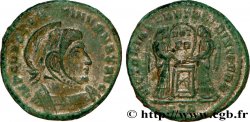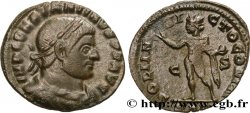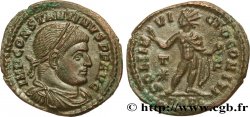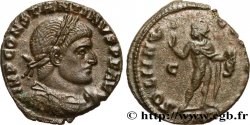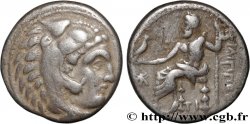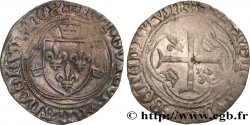Live auction - brm_479083 - CONSTANTINE I THE GREAT Centenionalis ou nummus
You must signin and be an approved bidder to bid, LOGIN TO BID. Accounts are subject to approval and the approval process takes place within 48 hours. Do not wait until the day a sale closes to register. Clicking on "BID" constitutes acceptance of the terms of use of cgb.fr private live auctions.
Bids must be placed in whole Euro amounts only. The sale will start closing at the time stated on the item description; any bids received at the site after the closing time will not be executed. Transmission times may vary and bids could be rejected if you wait until the last second. For further information check the Live auction FAQ
All winning bids are subject to a 18% buyer’s fee.
All winning bids are subject to a 18% buyer’s fee.
| Estimate : | 2 500 € |
| Price : | 1 750 € |
| Maximum bid : | 1 750 € |
| End of the sale : | 05 June 2018 14:58:54 |
| bidders : | 4 bidders |
Type : Centenionalis ou nummus
Date: 327
Mint name / Town : Constantinople
Metal : copper
Diameter : 19,5 mm
Orientation dies : 6 h.
Weight : 2,46 g.
Rarity : R3
Officine: 7e
Coments on the condition:
Exemplaire sur un flan bien centré des deux côtés à l’usure importante, mais parfaitement lisible et identifiable. Belle tête de Constantin Ier. Revers tout à fait exceptionnel. Jolie patine vert olive
Catalogue references :
Predigree :
Cet exemplaire provient de la collection Philippe Lacoste
Obverse
Obverse legend : CONSTANTI-NVS MAX AVG.
Obverse description : Tête laurée de Constantin Ier à droite (O*).
Obverse translation : “Constantinus Maximus Augustus”, (Constantin le grand auguste).
Reverse
Reverse legend : SPES -PVBLICA/ A|-// CONS.
Reverse description : Labarum fiché dans un serpent au sol, orné de trois globules et surmonté d’un chrisme.
Reverse translation : “Spes Publica”, (L’Espérance publique).
Commentary
Revers tout à fait exceptionnel lié à l’adoption du Christianisme comme religion choisie par Constantin Ier, au moment de la bataille du Pont Milvius le 28 octobre 312, confirmée après la victoire de Constantin Ier sur Licinius Ier en 324. Ce monnayage frappé à Constantinople, nouvelle capitale de l’Empire, a été frappé après le concile de Nicée en 325 et avant la dédicace de la nouvelle métropole en mai 330. C’est la première fois que nous proposons un exemplaire à la vente de ce type.







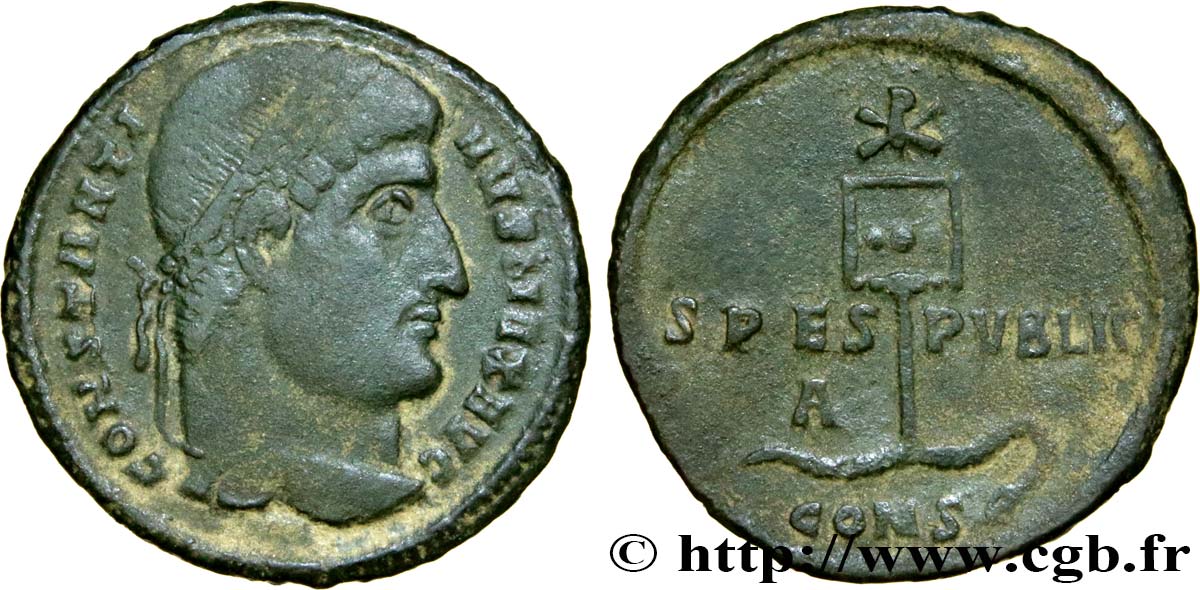
 Report a mistake
Report a mistake Print the page
Print the page Share my selection
Share my selection Ask a question
Ask a question Consign / sell
Consign / sell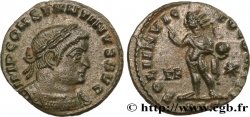
 Full data
Full data